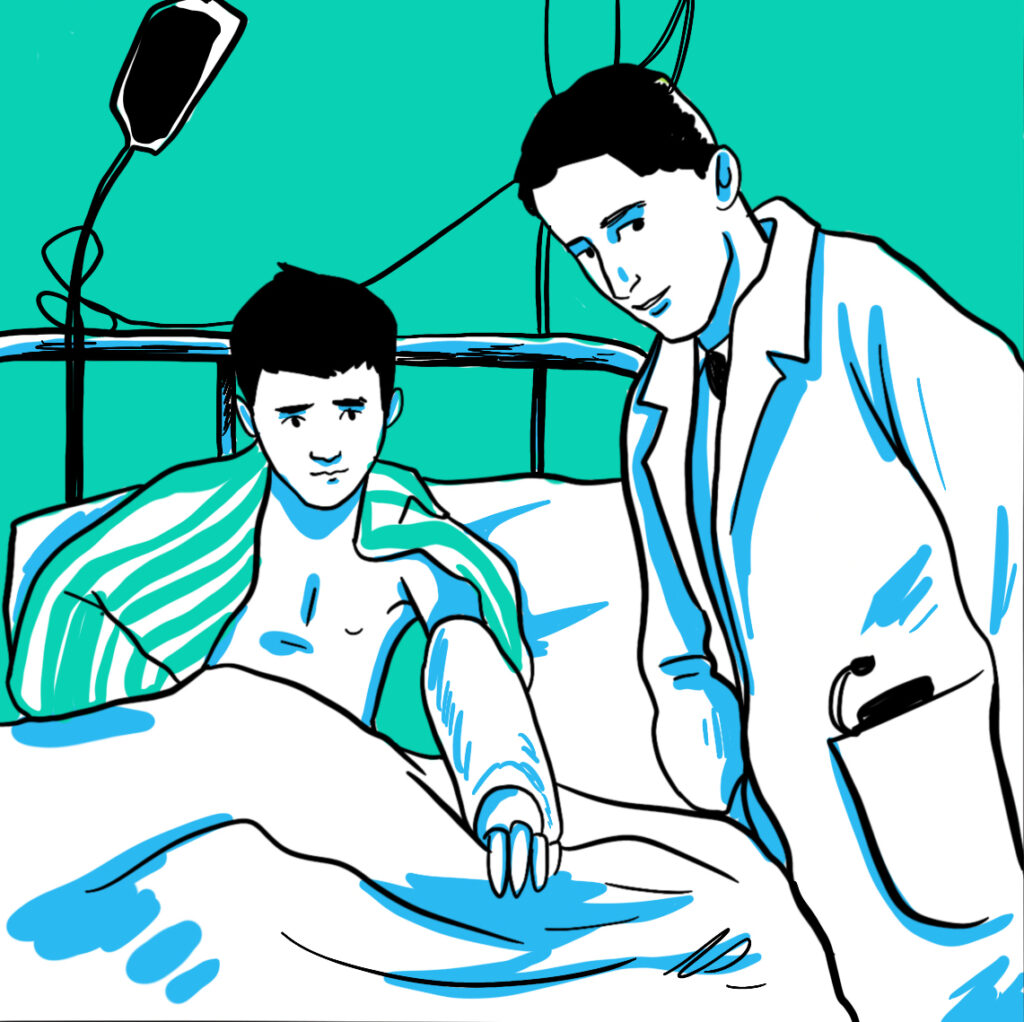Marvellous nurses serve up bangers for cash
In a project that aims to improve transition in epilepsy services, Anne Sweeney, a Roald Dahl Epilepsy Nurse Specialist from Alder Hey Children’s Hospital in Liverpool, brought together a group of young people with epilepsy who have been through transition from children’s to adult services with a group who are approaching transition. They all worked together to build models and produce an animation designed to help others young people as they go through the transition process in the future. Anne told how working on the project had helped the children to make friends and develop self-esteem. Overcoming isolation and boosting self-esteem was also an aim of the project described by Cathy Benfield, Haemophilia Nurse Specialist at Alder Hey. In her “haemophilia selfies” project, boys who learn to self-inject are encouraged to take a selfie and post it on the Nurse Cathy closed Facebook page. The aim is to reward individual achievement and encourage others to attempt self-infusion while providing reassurance to anxious families.
Kate Oulton from Great Ormond Street Hospital has been encouraging children with rare diseases to build and invest in a “Happiness Bank”. She described the workshops in which 7-11-year-olds were encouraged to design a happiness box in which they could store images of their favourite things, as a means of helping them to build the strength to cope with the challenges posed by their disease. She also ran focus groups with parents. Kate found that building resilience is a family affair, but that parents too often prioritise building their child’s resilience over their own. While the attention of health care professionals and parents is clearly focused on the affected child Kate also suggested that the real unmet need might rest with the child’s siblings.
Sabine Schwaebisch from the Helen and Douglas House Hospices told how she and her colleagues had created a “Living Wall’ based on children’s paintings. Sharon Cairns from the Great North Children’s Hospital, Newcastle upon Tyne, shared details of a project in which children with complex neurological conditions were able to express themselves through creating a tablet-based, interactive biography. Each was accompanied an individually-selected series of apps, and allowed the child to create a biography about their stay on the ward.
Despite the inspiring and innovative projects on display, one slightly depressing “barrier” and common emerged: many projects suffered delays due to the intransigence of NHS IT systems and staff, echoing our experience in the SO-FIT study. Nevertheless, once the nurses had negotiated their Trust’s wi-fi and iPad ordering policies, their creativity shone through, resulting in some truly inspiring presentations.
Mike Holland, Haemnet



